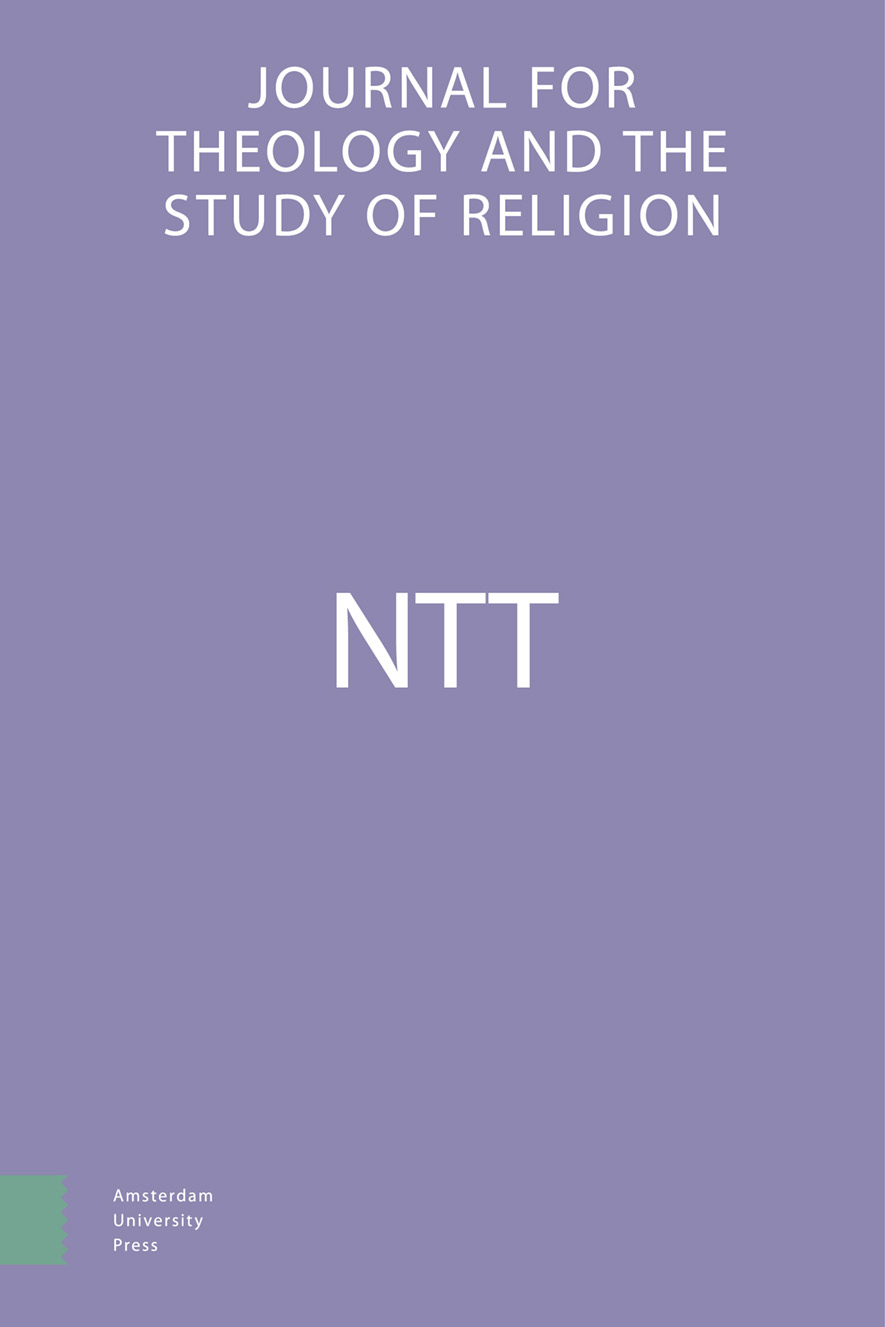
Full text loading...
The “lens” approach guiding The Literature of the Sages: A Re-visioning (2022) fits a new trend in handbooks on rabbinic literature. Reviewing handbooks produced after the Strack-Billerbeck commentary on the New Testament shows how their focus shifted from addressing and countering supersessionist views as embedded in the Spätjudentum paradigm by providing philological critique, towards synchronic approaches of rabbinic Judaism and its relations both to the non-rabbinic and the non-Jewish world. Moreover, textual discourse became paired with debating material culture and non-elite or non-canonical practices and genres, and gradually detached itself from reconstructing the Jewish world of the New Testament to offer a diachronic view on inner-Jewish developments.

Article metrics loading...

Full text loading...
References


